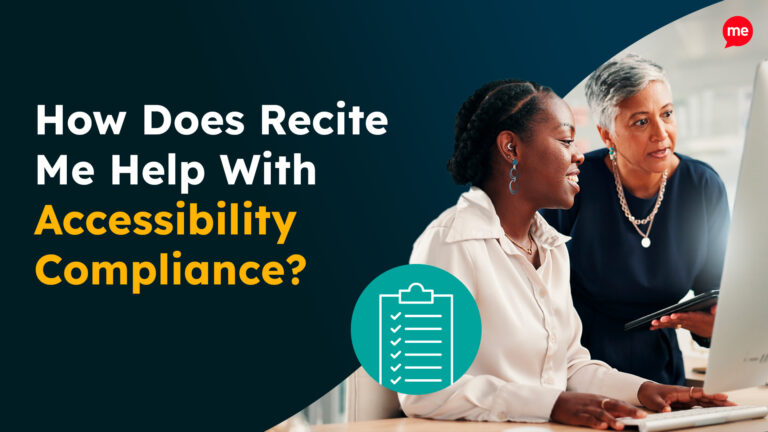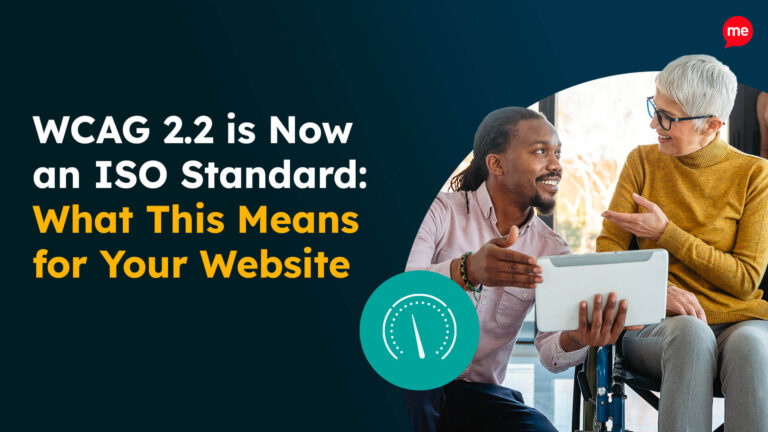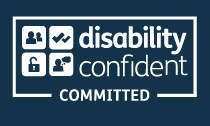Free Accessibility Training for Web Developers
Download nowDigital accessibility isn’t just about ticking a compliance box. It’s about building web experiences that work for everyone — regardless of ability, device, or context.
And more than anyone, developers are in the best position to make that happen.
Whether you’re writing code, building components, or leading sprints, accessibility lives in your workflow, and it’s quickly becoming a must-have skill in modern development.
Here is 5 reasons why you should care about accessibility…
1. You Control the Code That Shapes Access
Accessibility issues aren’t theoretical, they’re technical.
From semantic HTML to focus states, keyboard navigation to ARIA roles, most barriers happen at the markup and logic level. That means they’re not design issues or copy issues — they’re dev issues.
WebAIM’s 2023 report showed 95.9% of the top 1 million homepages had accessibility errors — most related to structure, not styling.
If you write <div> instead of <button>, skip a form label, or trap keyboard focus — someone out there literally can’t use your site.
2. You Can Help Your Org Avoid Lawsuits
Yes, accessibility is a legal requirement in many countries — and the pressure is rising.
- The ADA in the US
- The Equality Act in the UK
- The upcoming European Accessibility Act
- And WCAG 2.2 as the global benchmark
Inaccessible websites are already being taken to court. And who owns the implementation? Dev teams.
Over 4,600 digital accessibility lawsuits were filed in the US last year and that’s just the ones that reached public record.
3. Inaccessible = Broken UX
If someone can’t:
- Navigate without a mouse
- Read your low-contrast text
- Use a screen reader on your site
- Or complete a form due to missing labels…
…it’s not just an edge case, it’s a broken experience.
69% of disabled users say they’ll abandon a site immediately if they hit a barrier (Pew Research). Accessibility is usability. The better your code supports all users, the better your product performs for every user.
4. Accessible Code = Better Code
Good accessibility practices overlap with:
- Clean, semantic HTML
- Logical structure and hierarchy
- Reusable, scalable components
- Performance and SEO gains (screen readers ≈ search bots)
Accessible code isn’t more complicated, it’s more thoughtful. And it usually leads to simpler, more maintainable products. Think of it like responsive design in 2013. Once you see the benefits, you never go back.
5. You Can Lead the Change
Accessibility is a team effort but developers set the foundation.
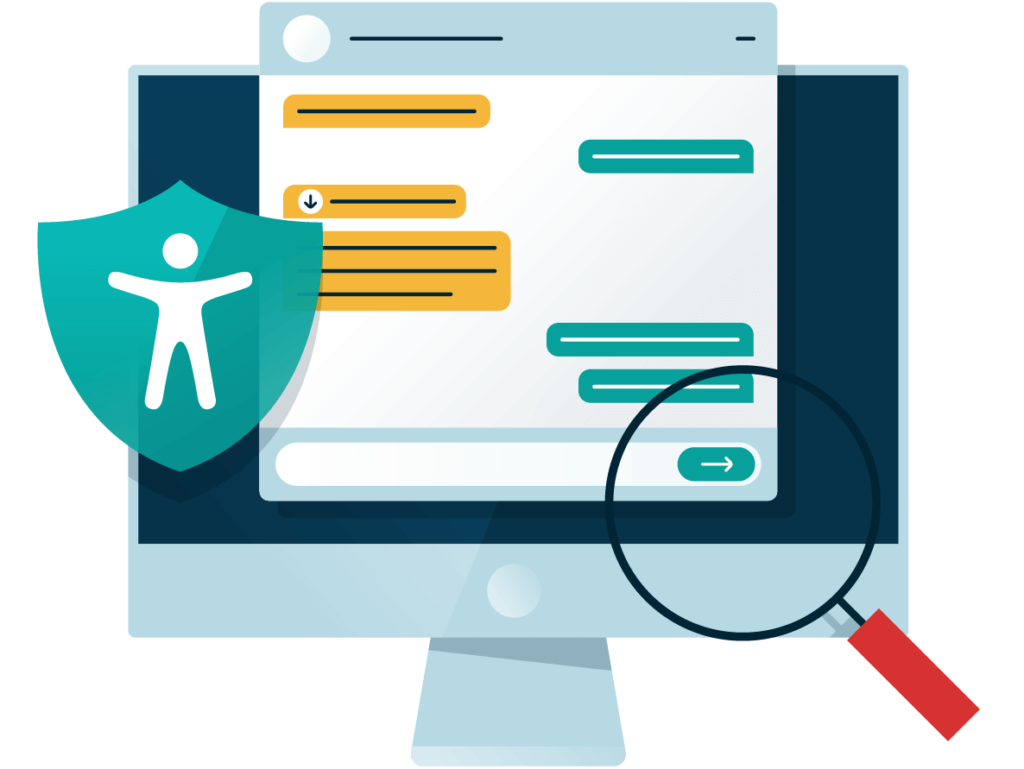
You’re not just shipping features. You’re defining how people interact with them. You have the power to:
- Build inclusively from the start
- Raise accessibility issues in code review
- Advocate for better UX for everyone
- Use tools and checkers to proactively find issues
You don’t need to be an expert, just a dev who gives a damn.
Free Accessibility Check of your Website
Detecting accessibility issues has never been easier than it is now. At Recite Me we offer a free automated scan of your websites homepage. This will identify and highlight any non-compliance on your website. Followed by recommendations on how to implement the necessary changes to improve your websites accessibility score and standing.
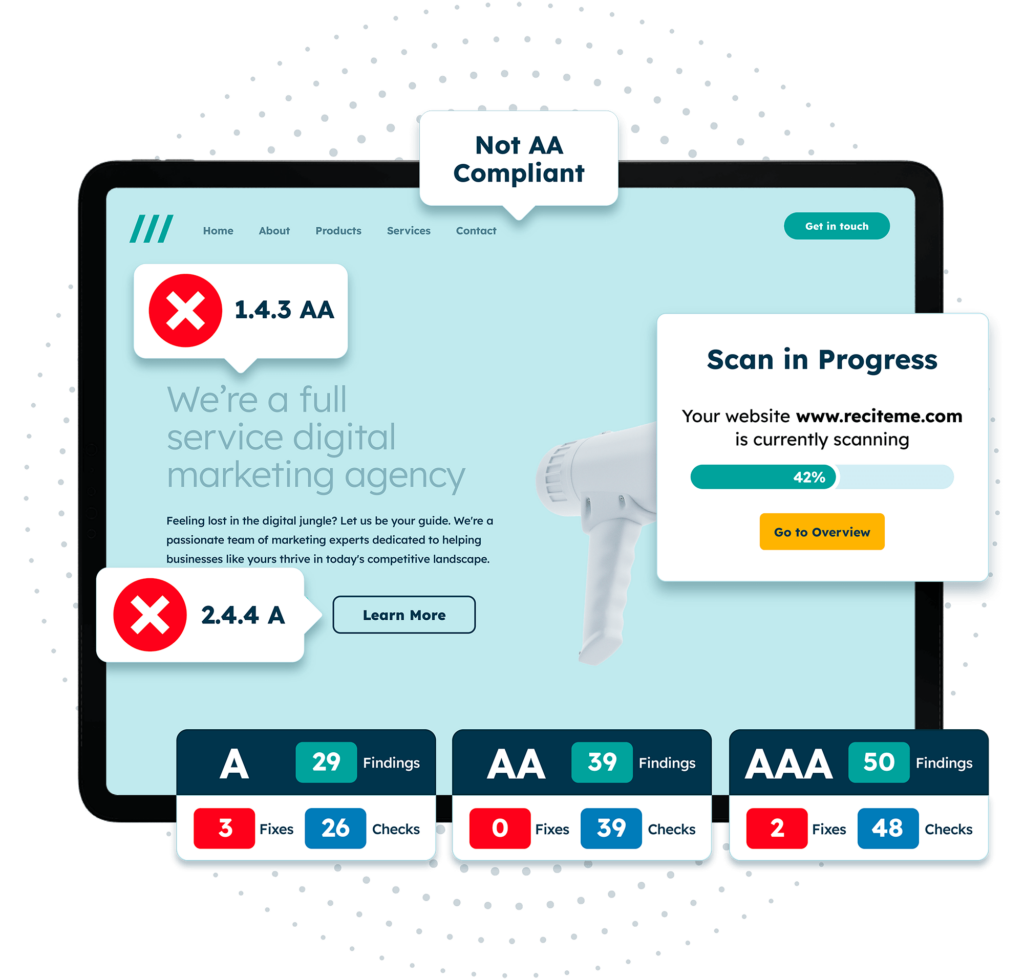
Want to Start Making an Impact?
We built a guide for developers just like you focused on what matters, not legal jargon.
👉 Read: A Developer’s Guide to Accessibility Compliance
It covers:
- What WCAG 2.2 means for devs
- How to fix common issues fast
- Tools to test your code
- How Recite Me helps streamline the process
Performance, security and accessibility are all part of the same standard: build things people can use and trust. So now accessibility isn’t someone else’s job. It starts with you.


